Understanding why and how dogs shed their fur?
Understanding why and how dogs shed their fur?
As pet owners, we adore our furry companions, but one aspect of being a pet owner that often poses a considerable challenge is dealing with their shedding fur. We find ourselves frequently cleaning our homes, wondering why our beloved dogs seem to leave a trail of fur wherever they go. In this de-shedding blog, there’s an in-depth exploration, and we seek to unravel the mysteries of canine shedding. Understanding the reasons behind this natural phenomenon can help us manage and even embrace our dogs' shedding habits.
The Natural Process of Shedding:
The dog's coat serves a vital role, acting as a protective barrier against the elements, including heat and cold. Additionally, it plays a crucial role in regulating your dog's body temperature. Just like human hair, a dog's hair is in a constant state of growth. However, once a hair reaches the end of its natural life cycle, it stops growing and eventually breaks off. The shedding of hairs is a natural process that occurs in dogs annually. Yet, the amount of shedding varies among dogs and can be influenced by factors such as breed, season, and overall health.

But when the natural life cycle of the hair ends then the hair stops growing and breaks off. It is a natural process for dogs to shed their hair every year. However, the amount of hair that your dog sheds depends on various factors such as breed, season, or health.
The Role of Breed:
One of the most influential factors in the shedding process is the breed of your dog. Different breeds have varying hair growth and shedding patterns. For example, dog breeds like Terriers and Poodles tend to have longer hair life spans, resulting in less frequent shedding. On the other hand, breeds like Labradors and Huskies have shorter hair life spans, leading to more frequent shedding.

Seasonal Shedding:
Dogs shed their fur in response to changing seasons. Most dogs shed their winter coats during the spring to prepare for the warmer months. This shedding helps them transition to a shorter and lighter coat, ensuring their comfort during the summer season. In contrast, during the fall season, dogs shed their summer coat to grow a thicker, more insulating coat in preparation for the winter. This pattern of seasonal shedding is most pronounced in "double-coated" breeds, which include dog breeds like collies, huskies, and shepherds.
Double-Coated Breeds:
Double-coated breeds boast two distinct layers of fur. The soft, insulating undercoat keeps them warm, while the harsh, protective long overcoat shields them from external elements. As a result, these dogs shed during both the spring and fall seasons as they adapt to temperature changes. In contrast, dog breeds with less undercoat, like Shih Tzus and Bichons, experience minimal shedding with seasonal transitions. Nonetheless, regular pet grooming remains essential to remove loose hair.
The Influence of Health:
A dog's overall health can significantly impact the shedding process. Stress can trigger excessive shedding, so it's crucial to identify and address the root cause of stressors in your dog's life. Various medical conditions, such as fungal infections, parasites, and sunburn, can also lead to increased hair loss in dogs. Hormonal imbalances, often related to thyroid issues, may result in skin inflammation, making the hair brittle and prone to shedding. Furthermore, skin allergies can cause itching and lead to excessive hair loss.

There are certain medical conditions which can also cause excess shedding such as fungal infections, parasites, or sunburn. If your dog is suffering from hormonal issues as a result of a thyroid imbalance then it can cause skin inflammations. These inflammations will make the hair brittle and lead to excessive hair loss.Skin allergies will also cause excessive hair loss for your dog as these allergies lead to itchy skin and when your dog keeps scratching then it causes more hair to fall.
The Role of Diet in Shedding
An inadequate diet can contribute to excessive shedding in dogs. Poor nutrition can lead to skin issues and weaken the hair follicles, causing hair loss. Ensuring your dog receives proper nutrition is essential to maintaining a healthy coat. Consultation with a veterinarian can provide guidance on the right dietary choices for your furry companion.

Understanding the intricacies of canine shedding is the first step in managing this natural process. Shedding, influenced by breed, season, health, and diet, is a fundamental aspect of a dog's life. By familiarizing ourselves with our dog's shedding patterns and taking appropriate measures, such as regular grooming, we can minimize the impact of shedding in our homes. Remember, shedding is a testament to your dog's health and vitality, and with the right care, it can become a manageable and even endearing aspect of the pet-owner relationship.
Thanks for reading. I hope this article has helped you understand why your dog sheds its fur. Once you get familiar with your dog's shedding pattern, you can keep it in control to a certain extent by regularly brushing their fur.


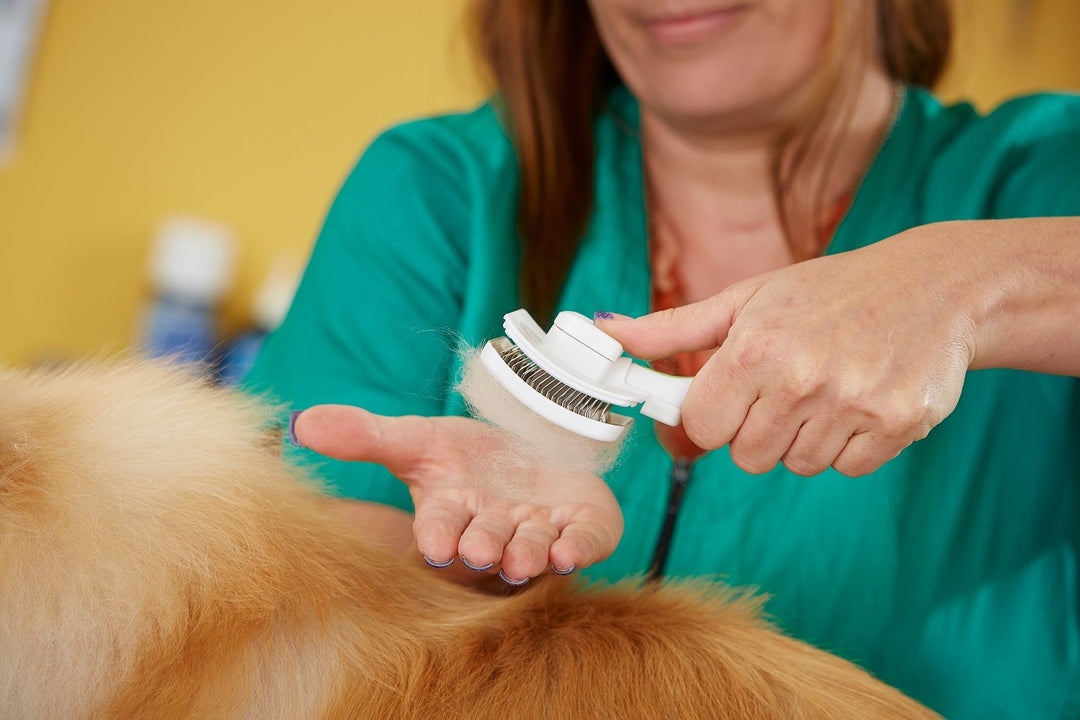
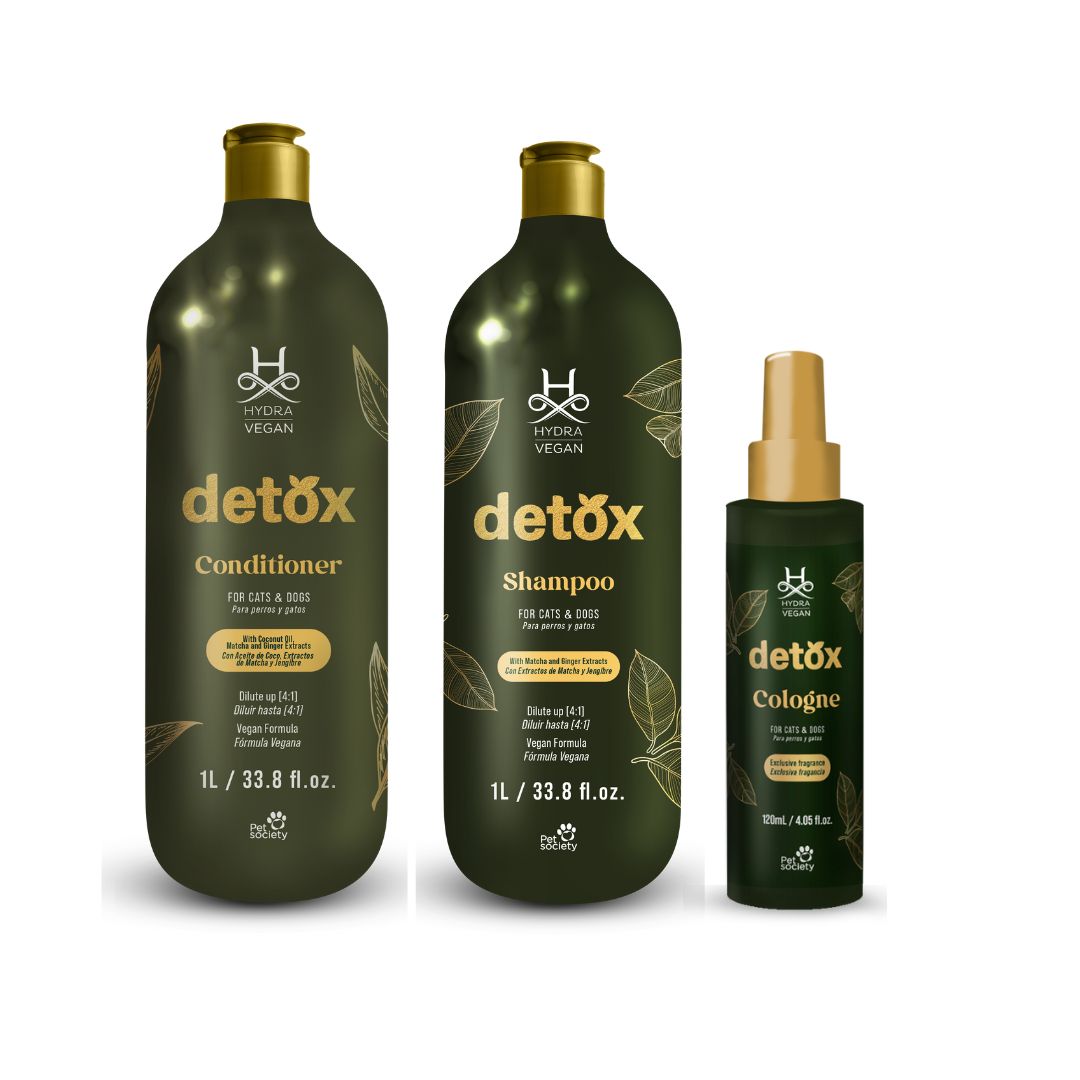

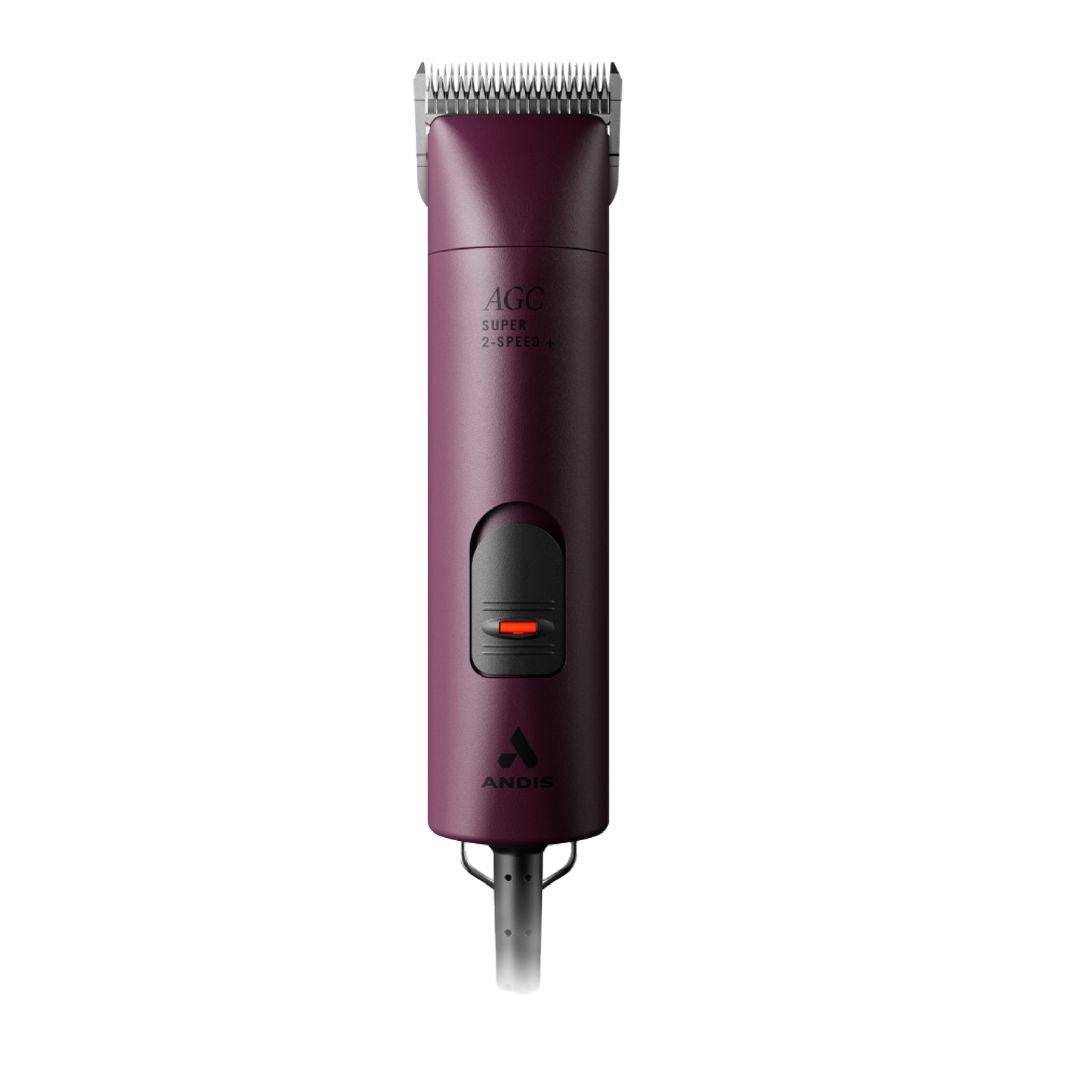

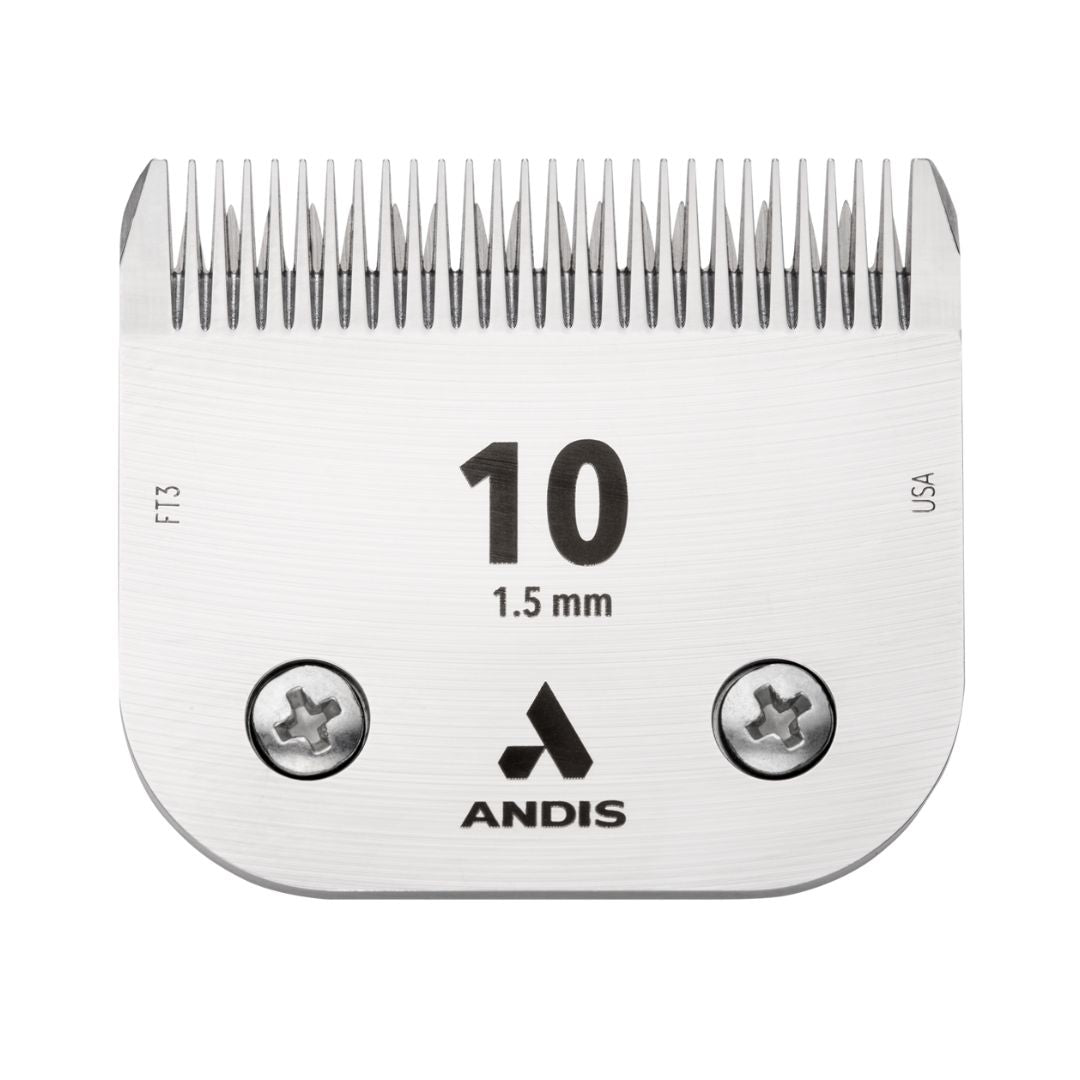

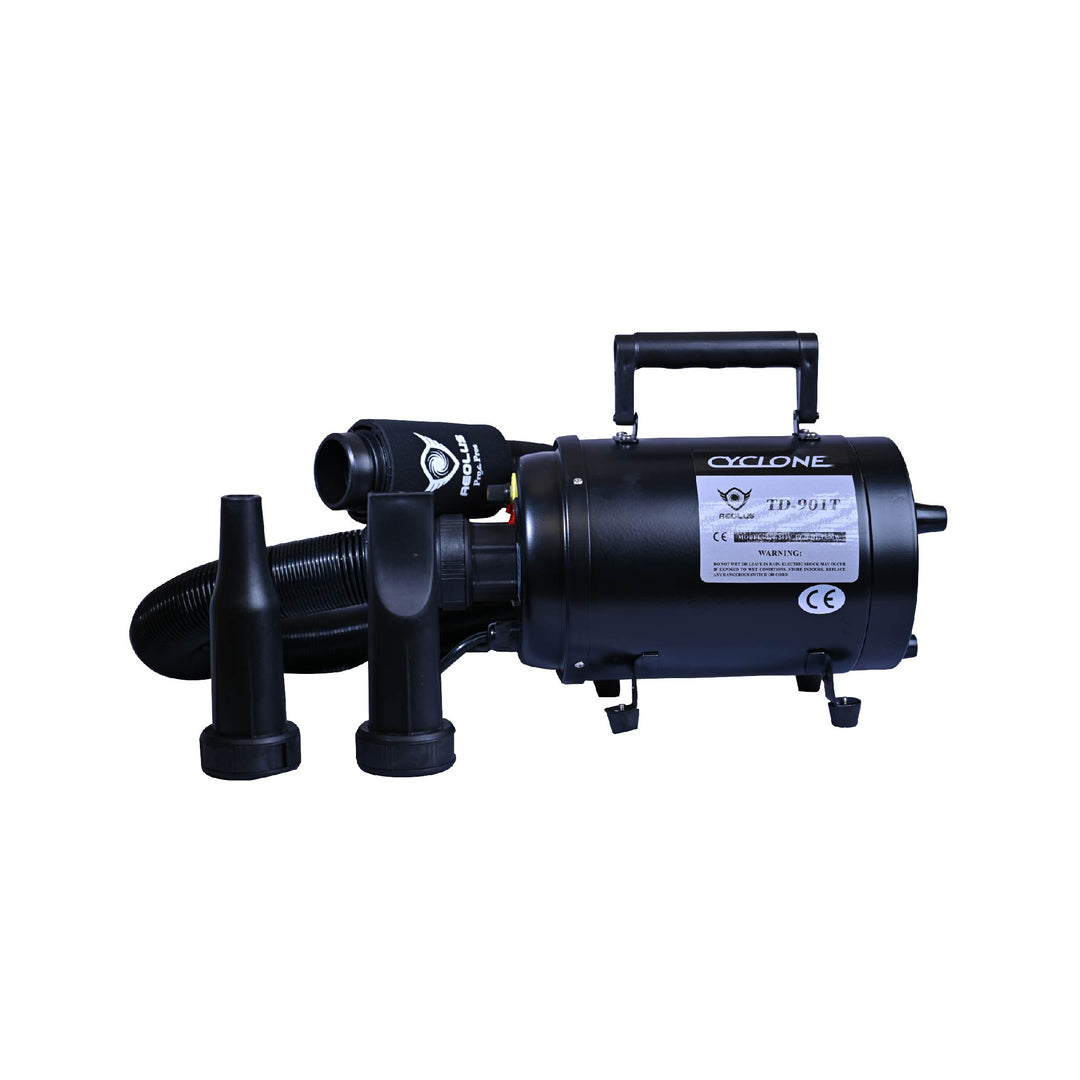

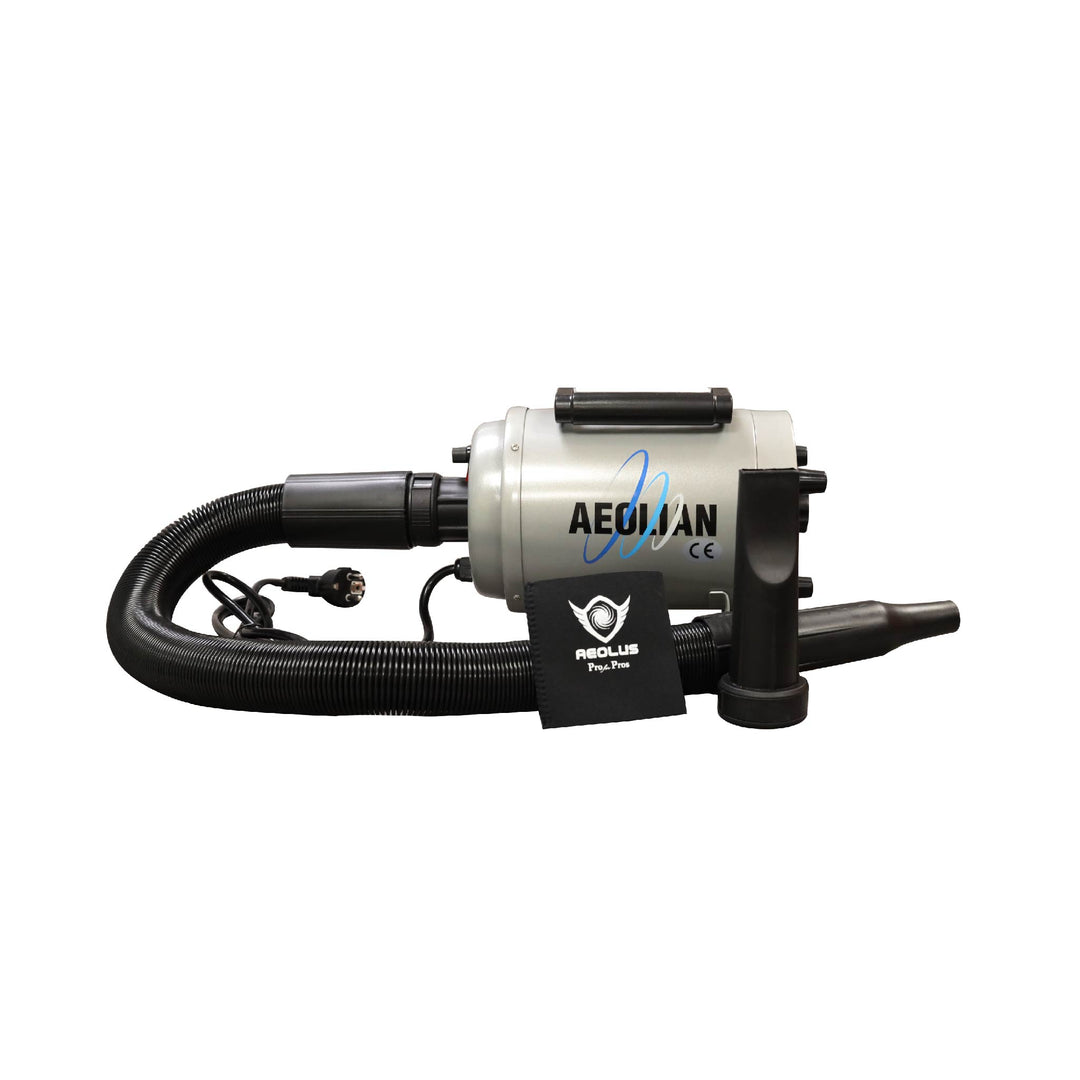

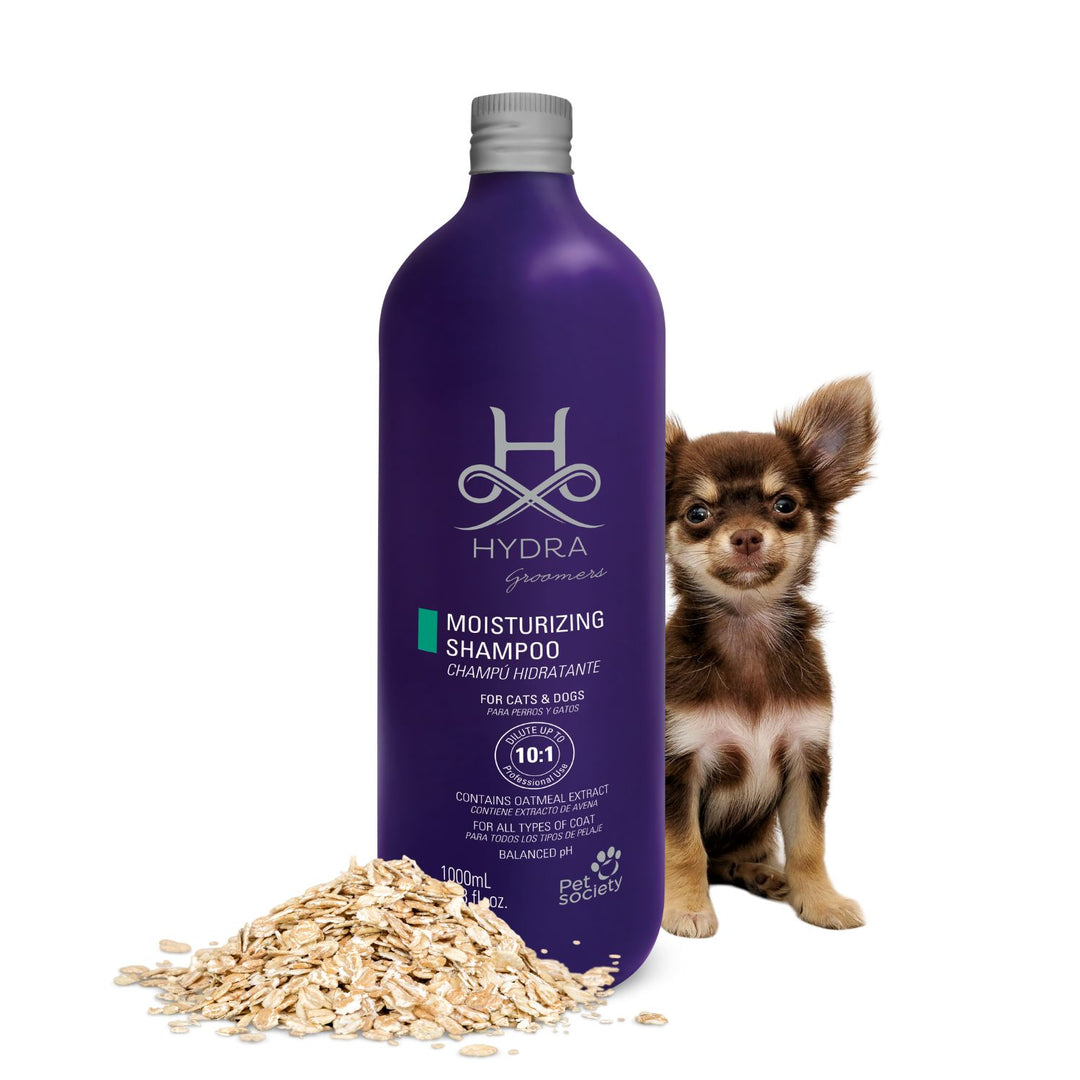
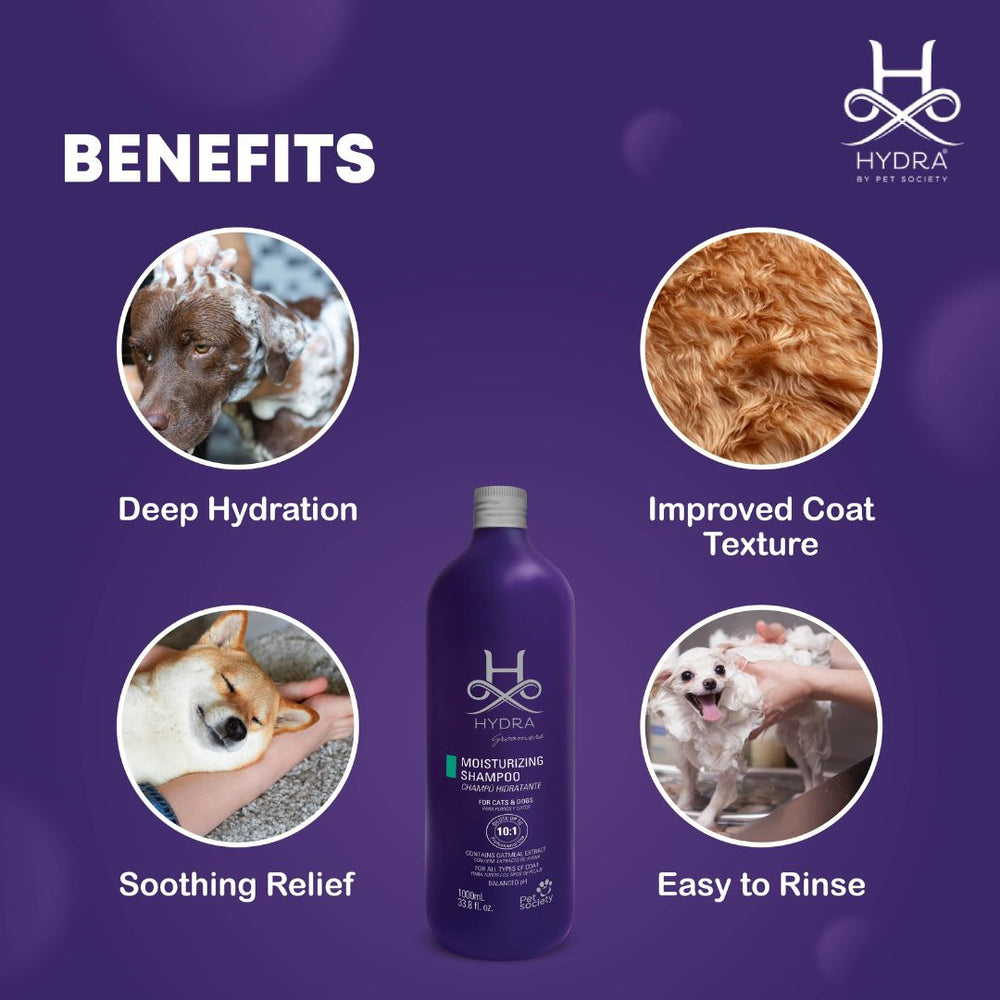
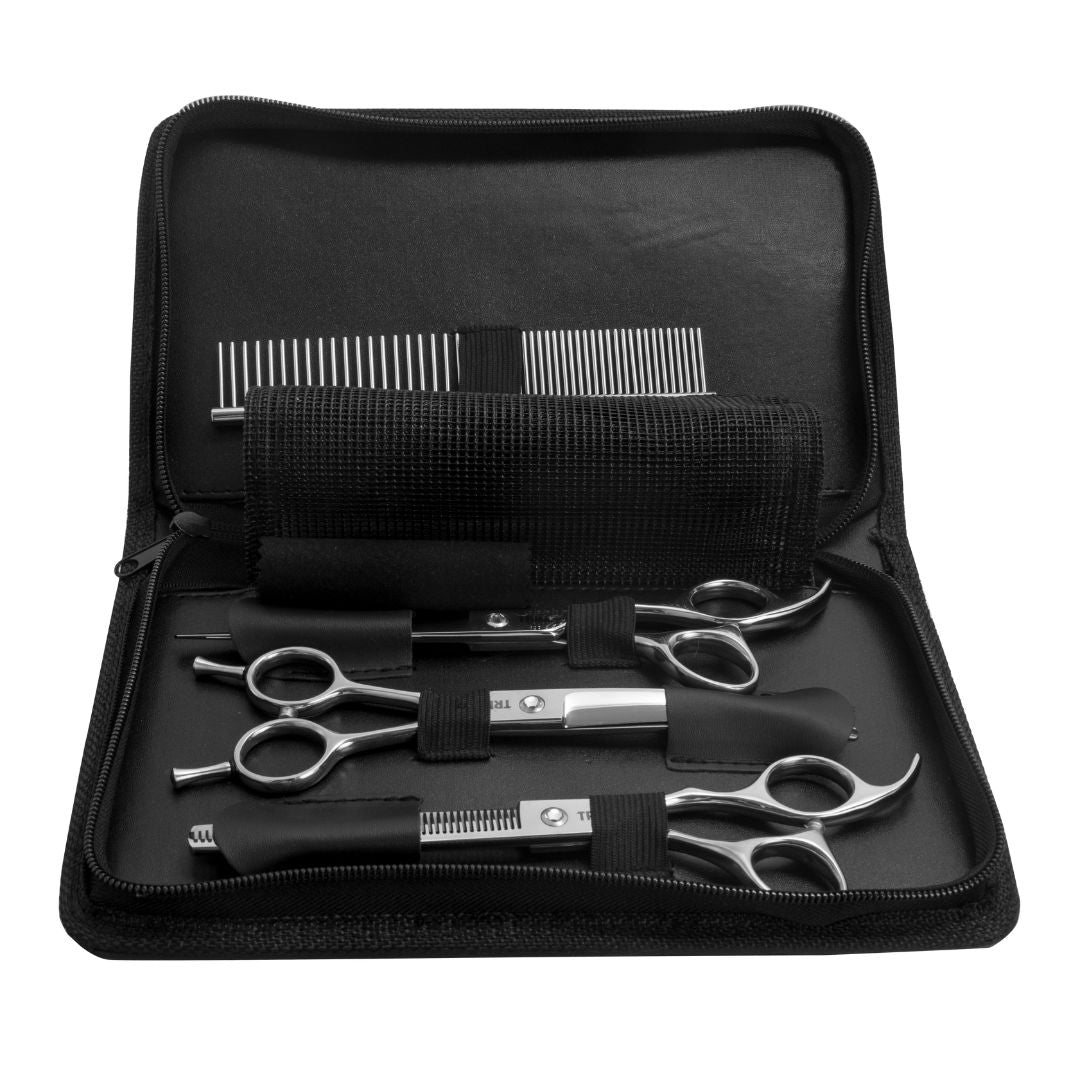

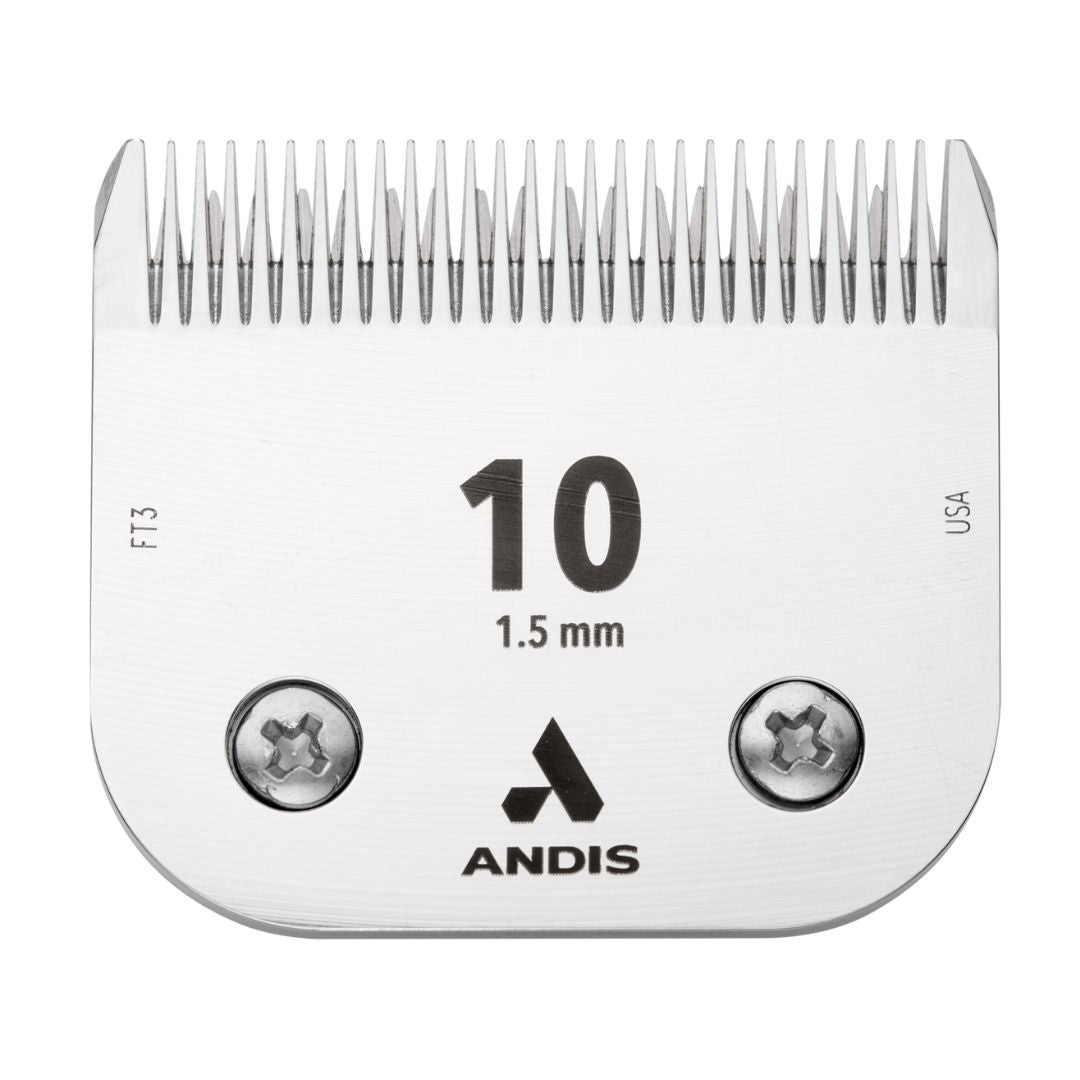

Leave a comment
Please note, comments must be approved before they are published
This site is protected by hCaptcha and the hCaptcha Privacy Policy and Terms of Service apply.